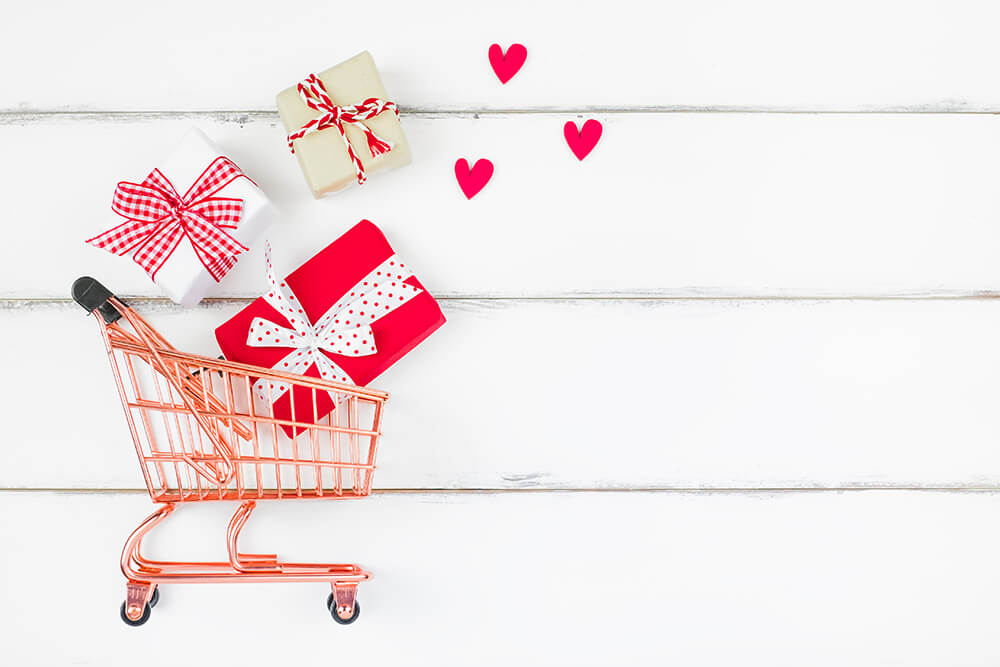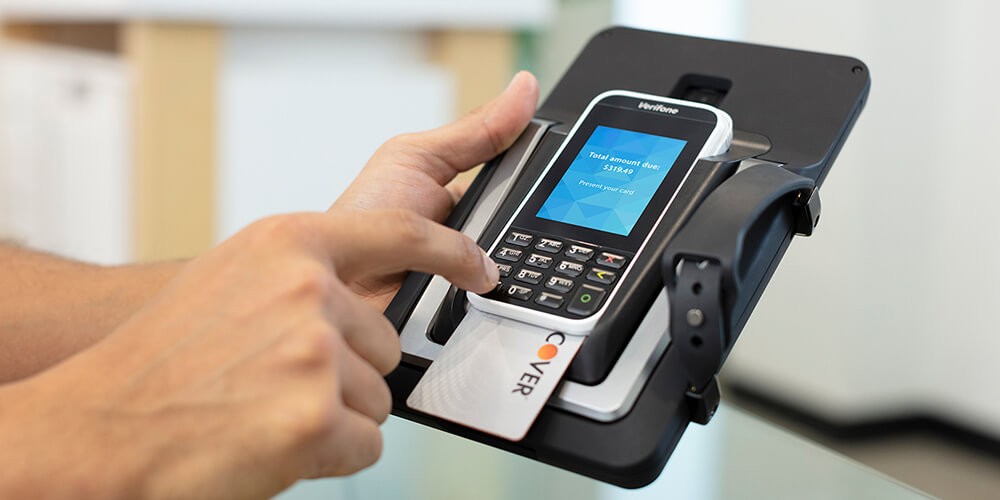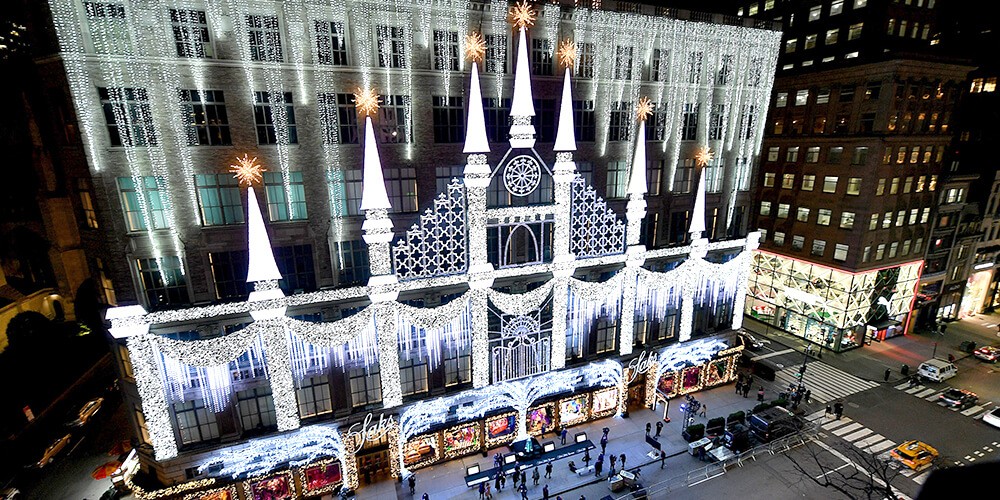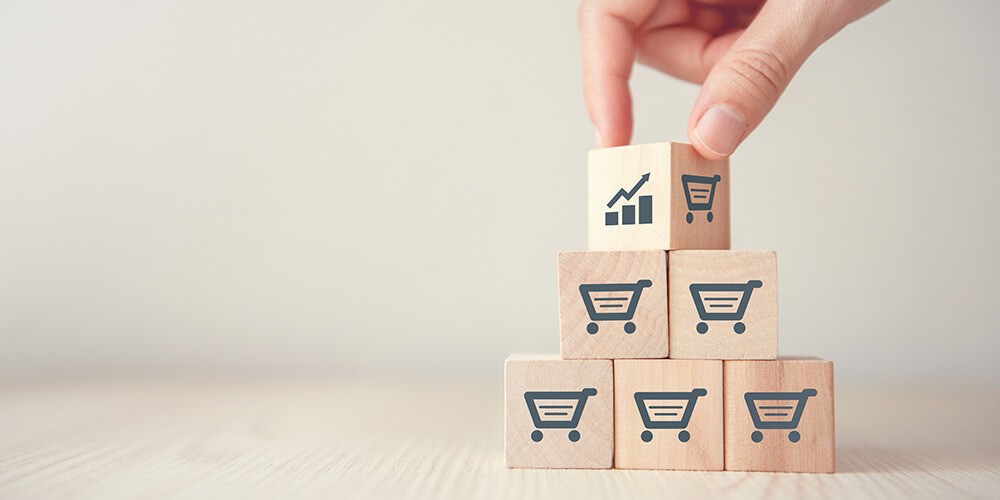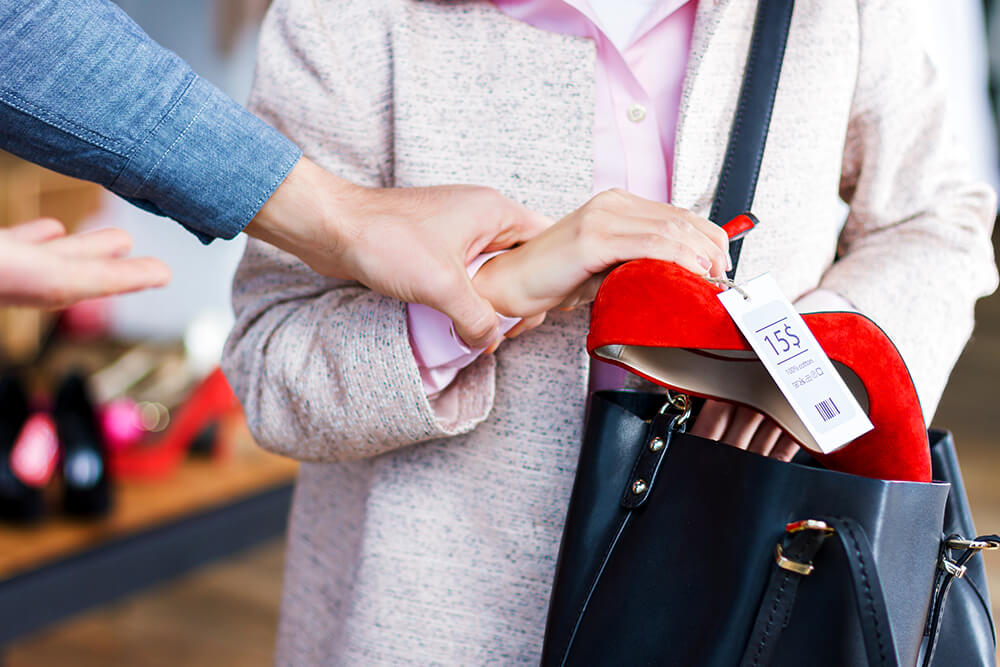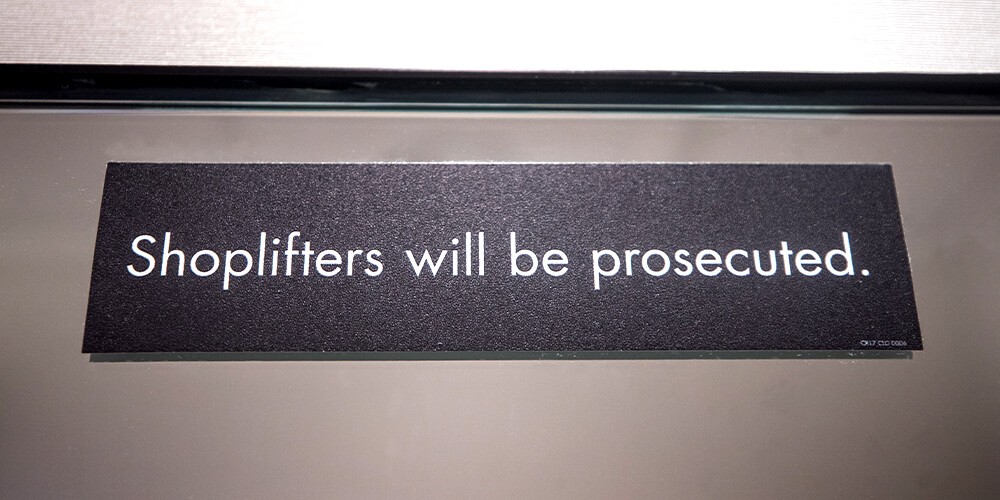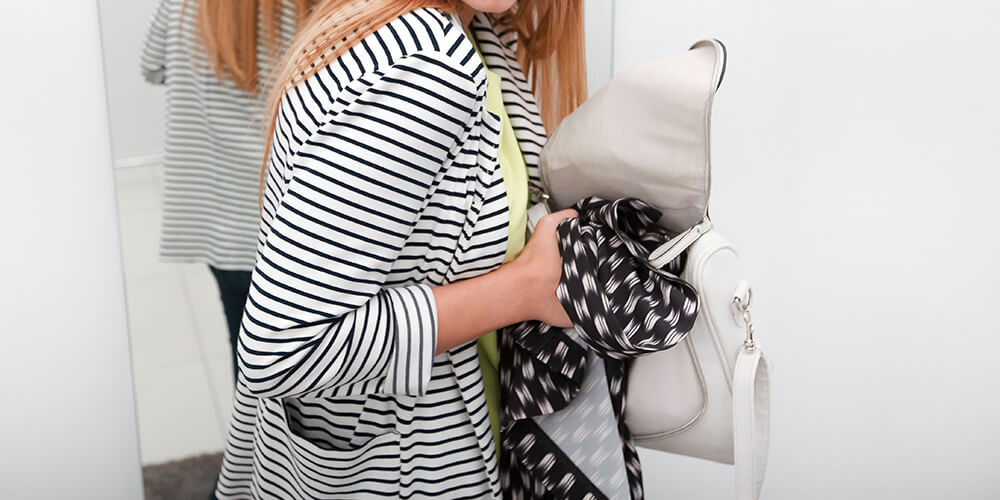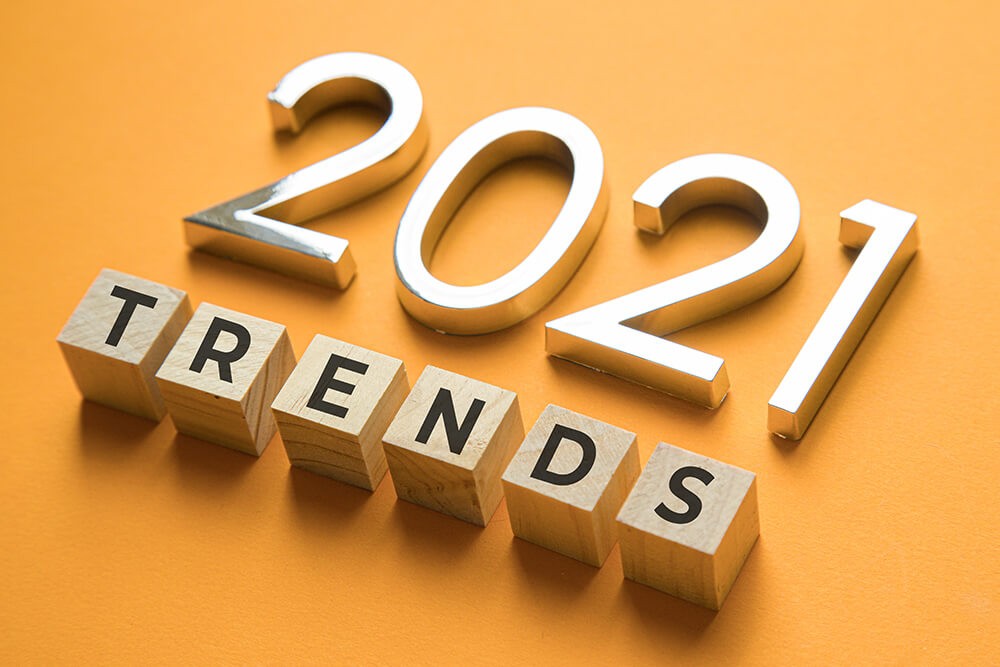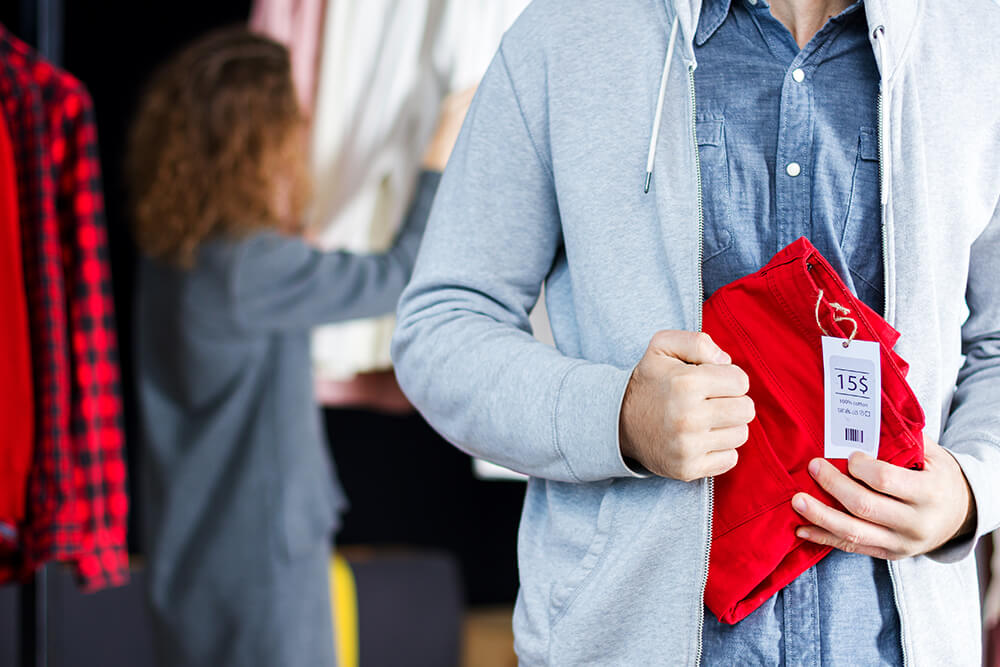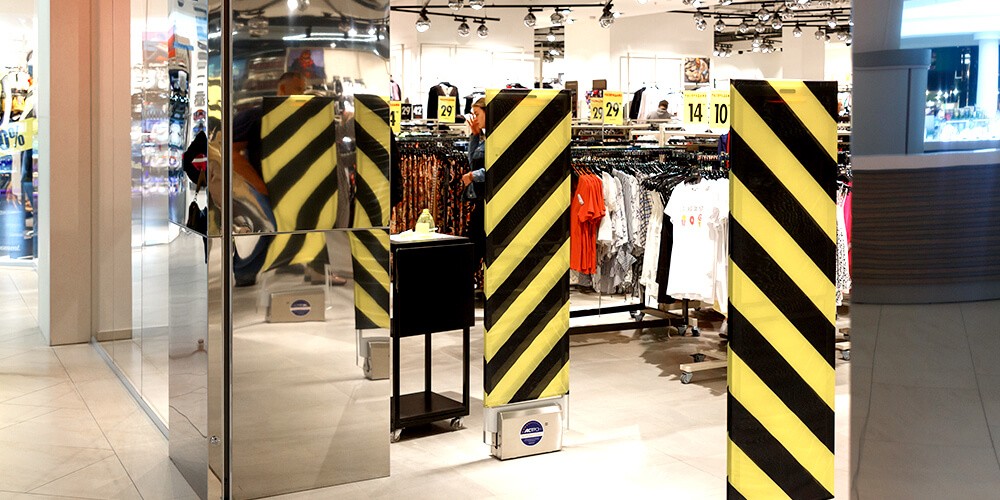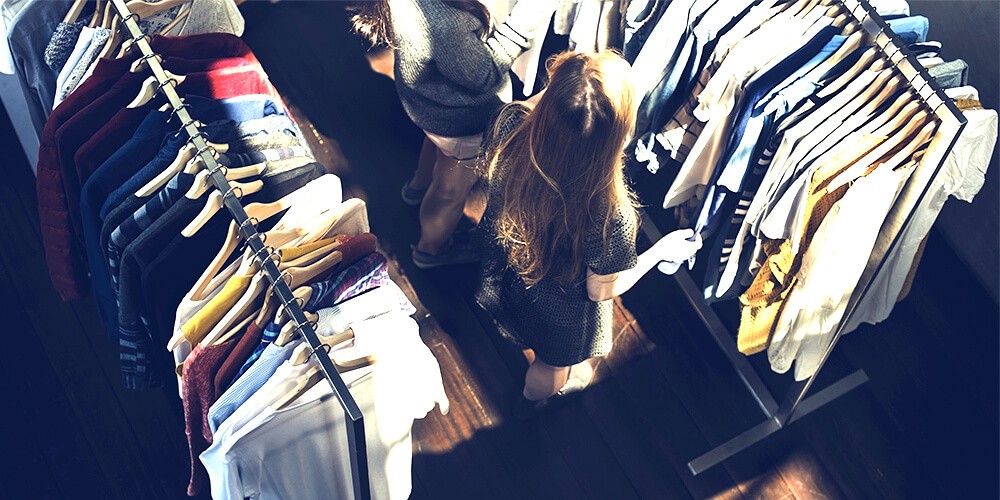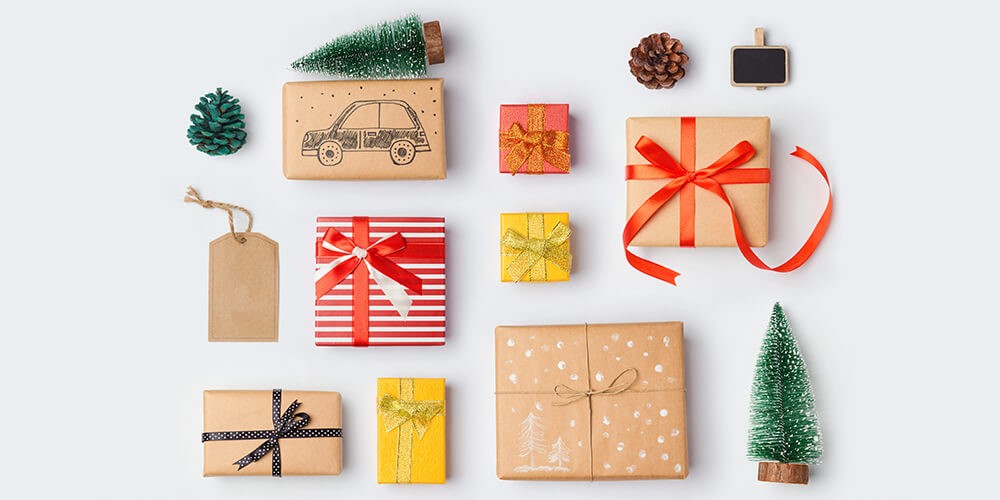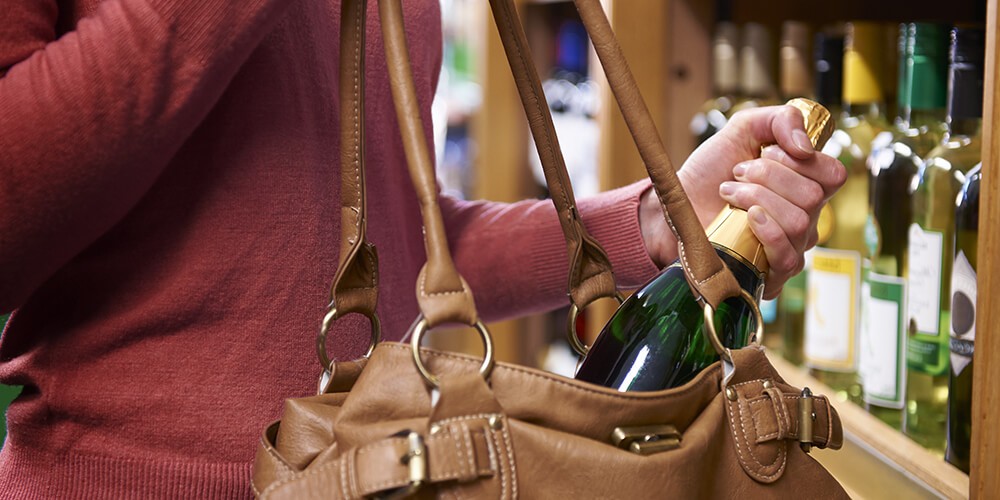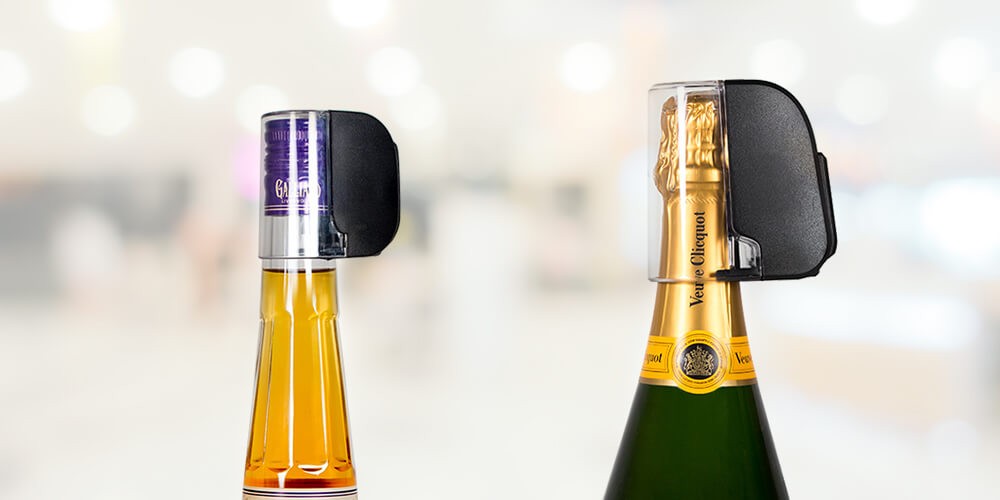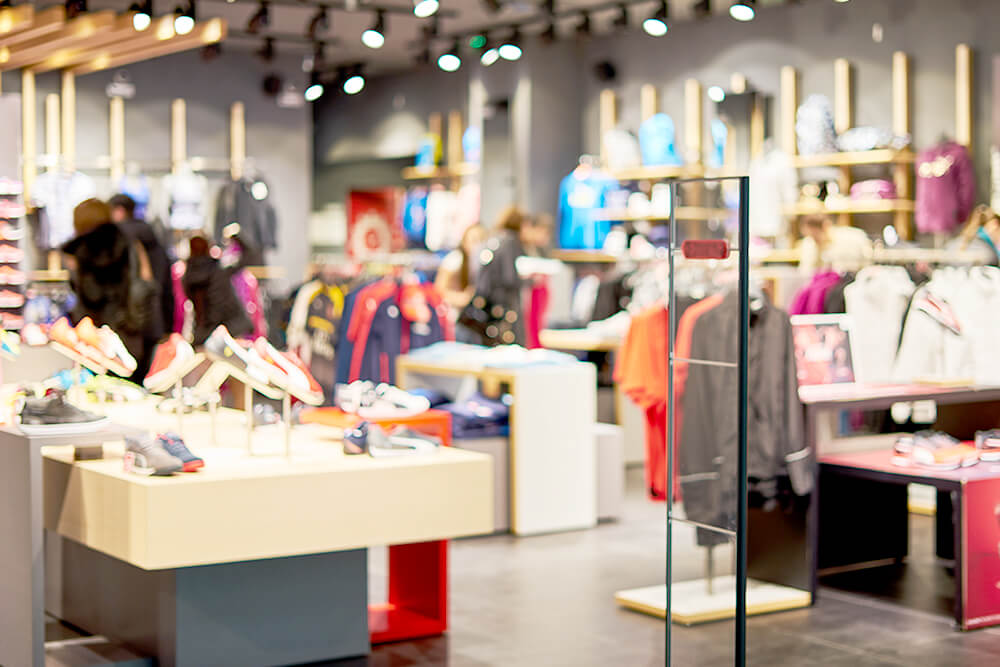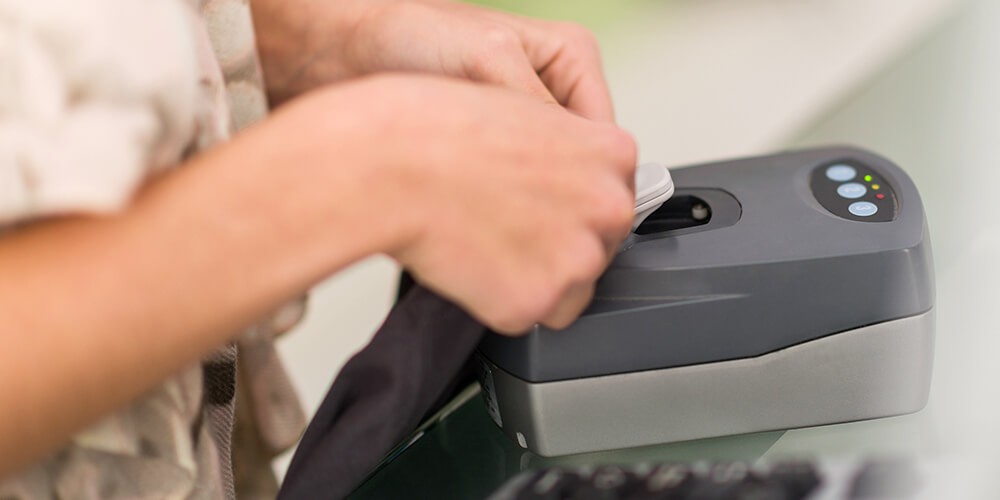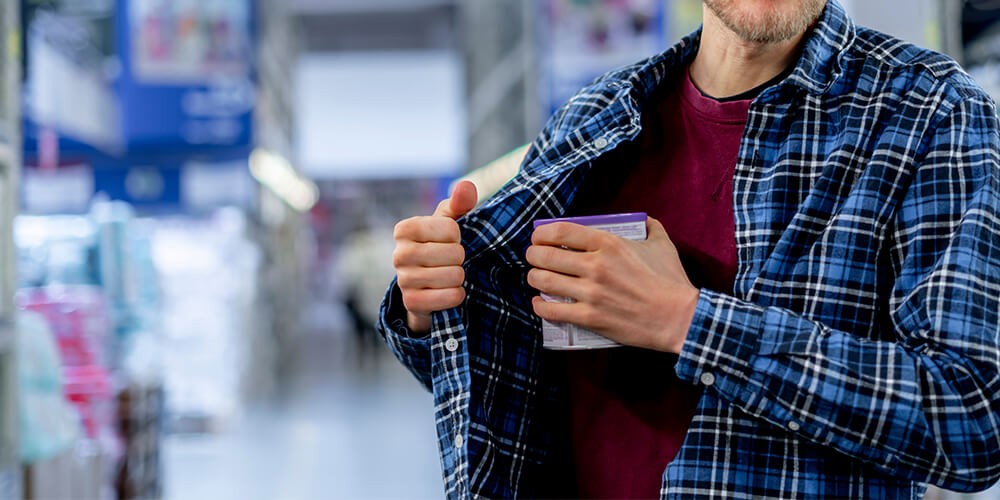Valentine’s Day is tipped to be more important to people than ever this year, with the National Retail Federation expecting $21.8 billion will be injected into the retail economy as over half of all US adults celebrate the date.
That expenditure is down on last year’s record high given the ongoing pandemic, but still, consumers remain committed to marking the occasion, with 73 percent noting it is important to do so given the current state of affairs.
Here’s an insight into what the latest NRF survey found…
Spending per person
This year 52 percent of US adults plan on celebrating Valentine’s Day, each spending on average $164.76. That’s significantly lower than before the pandemic hit when Valentine’s spending reached an all-time high of $196.31 per person.
The NRF notes much of that reduction can be attributed to people staying home to celebrate rather than dining out.
Three-quarters of survey respondents said the pandemic had impacted their holiday plans and only 24 percent will gift their loved one with an evening out. This is the lowest number in the survey’s history.
Instead, 41 percent will plan a special dinner and celebrate at home.
“There is no question the pandemic has disrupted many aspects of Americans’ daily interactions and activities,” said NRF President and CEO Matthew Shay.
“However, there remains a special significance around Valentine’s Day, and consumers are committed to celebrating friends and loved ones, even if that means having to alter those traditional holiday celebrations.”
Items to be purchased

Dining out might be down, but traditional gifts like candy, greeting cards, and gift cards are actually up on 2019.
This year it is expected:
- 54 percent of consumers celebrating Valentine’s Day will buy candy, compared to 52 percent last year.
- 44 percent will buy greeting cards, compared to 43 percent last year.
- 36 percent will buy flowers, compared to 37 percent last year.
- 24 percent will spend on an evening out, compared to 34 percent last year.
- 21 percent will purchase a gift card, compared to 19 percent last year.
- 20 percent will buy clothing, the same as last year.
- 18 percent will buy jewelry, compared to 21 percent last year.
- 12 percent will spend on ‘other’, compared to 11 percent last year.
Who people are buying for
With people planning to spend less on going out, spending on significant others is expected to see the biggest drop in 2021, and is down $13 on last year.
Social distancing is also impacting the event, with people planning to spend less on teachers, classmates, and their work colleagues.
This year, consumers plan to spend an average of $10.77 on their children’s classmates and teachers (down from $14.45 last year), and an average of $8.47 on colleagues, (down from $12.96 in 2020).
Where they are purchasing

Online is currently the favored destination for Valentine’s Day gift purchases, with 39 percent of shoppers saying they would visit an online destination in search of gifts.
That’s followed by department stores (29 percent), discount stores (28 percent), and local small businesses and specialty stores tied (17 percent).
In heartening news for small business owners, the NRF notes this year is the first time consumers listed small businesses as a top-five shopping destination since the question was added to the survey in 2015.
Spending down but still high
This year’s total spending might be down, and gifts like dining out might be greatly reduced, but Prosper Insights Executive Vice President of Strategy Phil Rist said retailers should take heart in the predicted expenditure.
“Consumers still feel it’s important to spoil their loved ones in light of the pandemic,” he noted.
“This year’s total and average spending figures are near record highs, as the second-highest in the survey’s history.”
For more insight into the current trends in retail see here, or view our range of theft prevention measures designed to protect the retail bottom line here.
